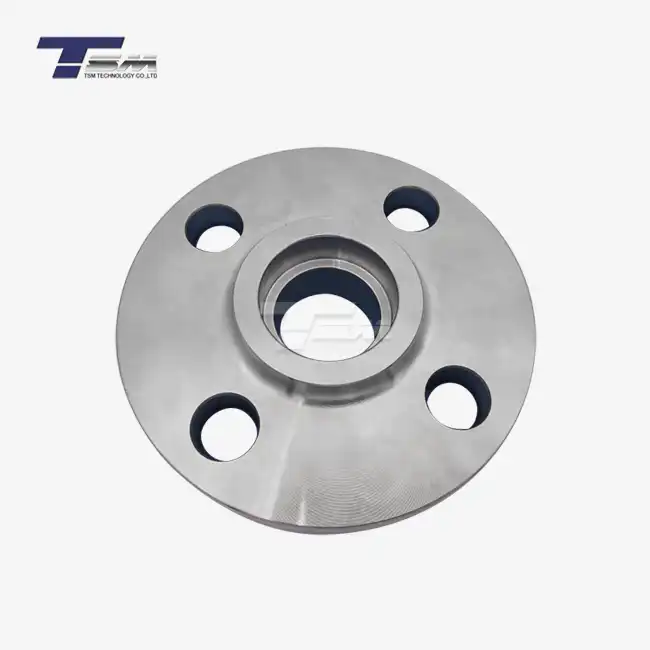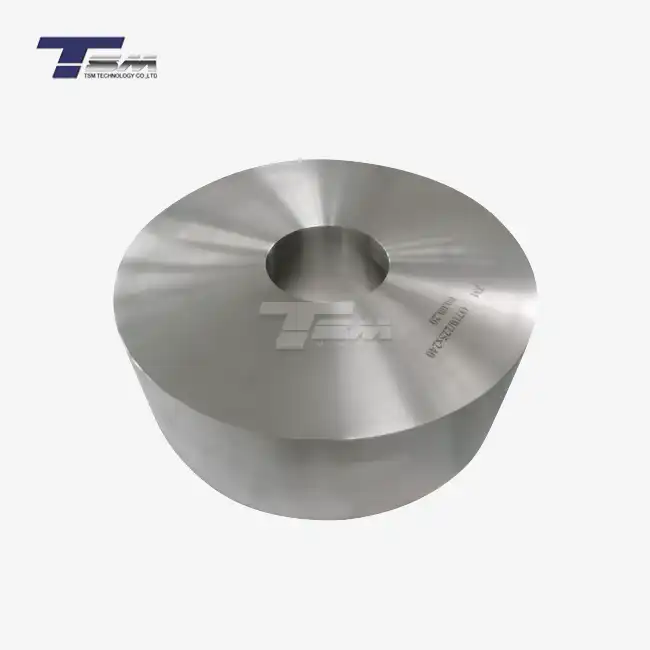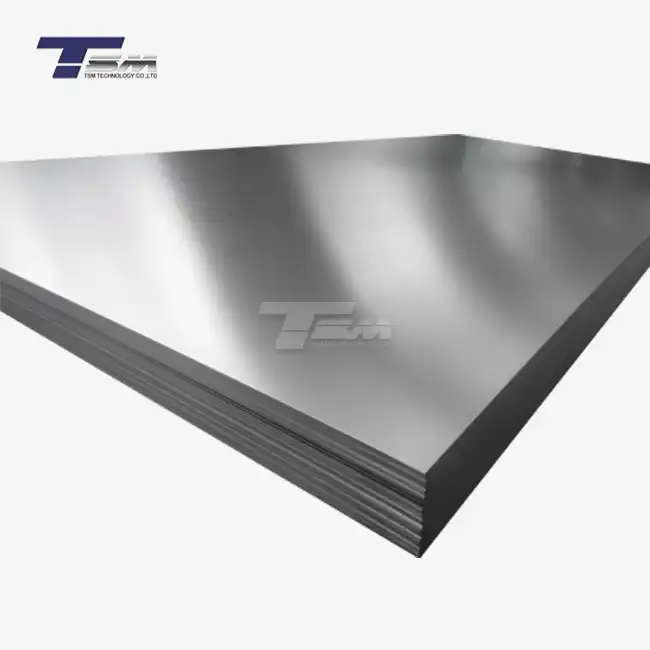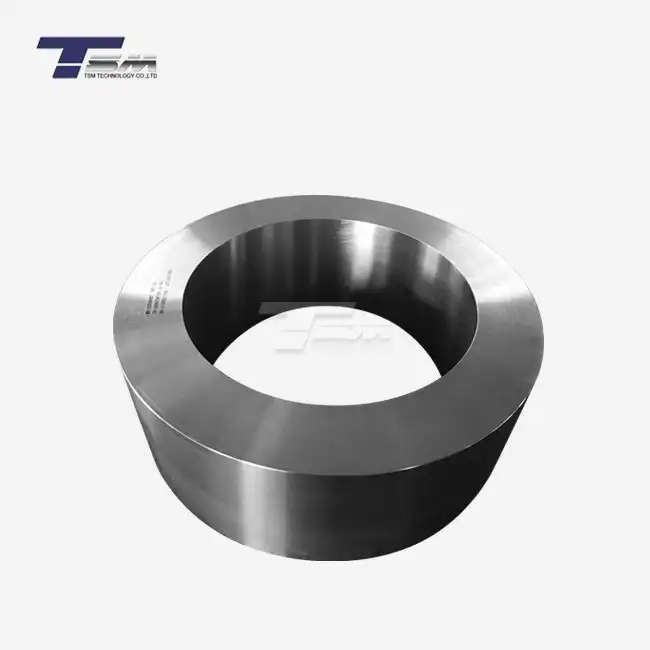Importance of NDT in Inconel 600 Round Bar Quality Assurance
Ensuring Material Integrity
Non-destructive testing plays a pivotal role in maintaining the integrity of Inconel 600 round bars. This superalloy, known for its exceptional resistance to corrosion and heat, demands rigorous quality control measures. NDT techniques allow inspectors to detect microscopic flaws, inclusions, or structural anomalies that could compromise the bar's performance under extreme conditions. By identifying these issues early in the production process, manufacturers can prevent potential failures in critical applications, such as nuclear reactor components or chemical processing equipment.

Compliance with Industry Standards
The aerospace and energy sectors, among others, have stringent requirements for material quality. NDT of alloy 600 round bars ensures compliance with industry standards such as ASTM E1416 for electromagnetic testing and ASTM E213 for ultrasonic examination. These standards set the benchmarks for acceptable material properties and defect tolerances. Through comprehensive NDT protocols, suppliers can provide certification that their Inconel 600 bars meet or exceed these rigorous specifications, instilling confidence in clients and regulatory bodies alike.
Cost-Effective Quality Control
Implementing NDT in the quality assurance process for Inconel 600 bars proves to be a cost-effective strategy. While the initial investment in NDT equipment and trained personnel may be substantial, the long-term benefits far outweigh the costs. By catching defects early, manufacturers avoid the expenses associated with material failures, product recalls, or potential legal liabilities. Moreover, NDT allows for the optimization of production processes, reducing waste and improving overall efficiency in the manufacturing of these high-value nickel alloy products.
Advanced NDT Techniques for Inconel 600 Bar Inspection
Ultrasonic Testing (UT)
Ultrasonic testing stands out as a versatile and powerful method for inspecting Inconel 600 round bars. This technique utilizes high-frequency sound waves to detect internal flaws, measure thickness, and assess material properties. Advanced UT systems can create detailed 3D images of the bar's internal structure, revealing even minute discontinuities. For Inconel 600 bars destined for critical applications, phased array ultrasonic testing (PAUT) offers enhanced sensitivity and coverage, allowing for more comprehensive inspections of complex geometries and thicker sections.
Eddy Current Testing (ET)
Eddy current testing is particularly effective for surface and near-surface inspection of Inconel 600 bars. This electromagnetic technique can detect surface cracks, variations in material composition, and heat treatment inconsistencies. Modern ET equipment employs multi-frequency capabilities, enabling inspectors to differentiate between various types of defects and material variations. For Inconel 600 round bars used in aerospace applications, where surface integrity is paramount, eddy current array (ECA) technology offers rapid, high-resolution scanning of large surface areas.
X-ray Radiography
X-ray radiography provides a powerful means of examining the internal structure of Inconel 600 bars. This technique can reveal internal voids, inclusions, and density variations that might escape detection by other methods. Digital radiography (DR) and computed tomography (CT) scanning have revolutionized this field, offering enhanced image quality and 3D visualization capabilities. For thick Inconel 600 round bars or those with complex internal geometries, these advanced X-ray techniques prove invaluable in ensuring material homogeneity and structural integrity throughout the entire volume of the bar.
Interpreting NDT Results for Inconel 600 Round Bar Quality
Analysis of Defect Types and Sizes
Interpreting NDT results for Inconel 600 round bars requires a nuanced understanding of defect types and their significance. Common defects in these nickel alloy bars include porosity, inclusions, cracks, and segregation. Each NDT method provides unique data on these anomalies. For instance, ultrasonic testing might reveal the depth and extent of internal voids, while eddy current testing could pinpoint surface-breaking cracks with precision. The size, location, and orientation of these defects are crucial factors in determining whether an Inconel 600 bar meets quality standards. Sophisticated software algorithms assist in analyzing this data, providing quantitative assessments of defect characteristics and their potential impact on the bar's performance.
Correlation with Material Properties
NDT results often correlate strongly with the mechanical and physical properties of Inconel 600 bars. For example, variations in ultrasonic velocity can indicate changes in material density or elastic modulus. Eddy current responses may reflect differences in electrical conductivity, which can be linked to variations in alloy composition or heat treatment. By establishing correlations between NDT data and material properties, quality control teams can make informed decisions about the suitability of Inconel 600 round bars for specific applications. This approach allows for a more holistic assessment of material quality, going beyond mere defect detection to ensure optimal performance characteristics.
Integration with Statistical Process Control
Modern quality assurance for Inconel 600 bars integrates NDT results with statistical process control (SPC) methodologies. This approach involves collecting and analyzing NDT data over time to identify trends, establish control limits, and continuously improve manufacturing processes. By applying SPC to NDT results, producers of alloy 600 round bars can proactively address process variations that may lead to quality issues. This data-driven approach not only enhances product consistency but also contributes to ongoing process optimization, reducing waste and improving the overall production efficiency of these high-value nickel alloy products.
Conclusion
Non-destructive testing of Inconel 600 round bars is an indispensable component of quality assurance in the production and application of this versatile nickel alloy. Through advanced NDT techniques such as ultrasonic testing, eddy current inspection, and X-ray radiography, manufacturers and end-users can ensure the integrity, reliability, and performance of Inconel 600 bars across a wide range of demanding applications. The integration of NDT results with sophisticated analysis tools and statistical process control methodologies provides a comprehensive approach to quality management, enhancing product consistency and driving continuous improvement in manufacturing processes.
Contact Us
For more information on our high-quality Inconel 600 round bars and our rigorous NDT protocols, please contact us at info@tsmnialloy.com. TSM TECHNOLOGY is committed to delivering superior nickel alloy products that meet the most stringent industry standards.



